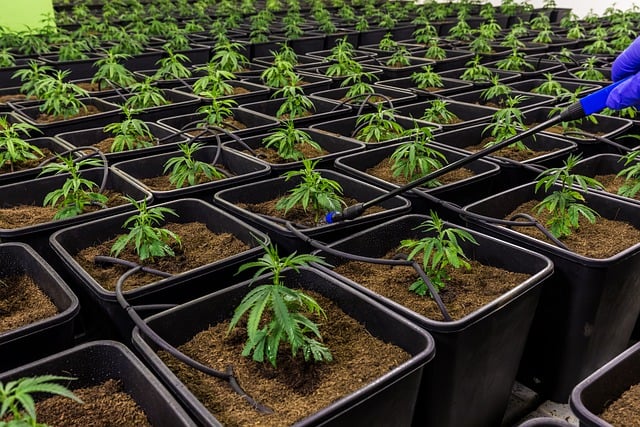THCa Flower vs. Traditional Cannabis: What’s the Difference?
The cannabis industry has seen significant evolution over the years, with new products and compounds emerging to meet diverse consumer needs. Among these innovations is THCa flower, a product that has sparked interest and curiosity. This article explores the distinctions between Best THCa flower and traditional cannabis, providing insights into their unique characteristics, benefits, and potential uses.
Understanding THCa Flower
THCa, or tetrahydrocannabinolic acid, is a non-psychoactive cannabinoid found in raw cannabis plants. Unlike THC, which is known for its psychoactive effects, THCa does not produce a “high” when consumed in its natural state. This compound is gaining attention for its potential therapeutic benefits and its role in the cannabis plant’s lifecycle.
Characteristics of THCa
- Non-psychoactive: THCa does not induce the psychoactive effects associated with THC.
- Raw form: Found in raw and live cannabis plants before decarboxylation.
- Potential health benefits: Research suggests anti-inflammatory, neuroprotective, and antiemetic properties.
Decarboxylation Process
THCa converts to THC through a process called decarboxylation, which involves heating the compound. This transformation is what activates the psychoactive properties of cannabis. When cannabis is smoked, vaped, or cooked, THCa undergoes this conversion, resulting in the familiar effects of THC.
Traditional Cannabis: A Brief Overview
Traditional cannabis refers to the plant material that contains a mix of cannabinoids, including THC, CBD, and others. This form of cannabis is widely used for both recreational and medicinal purposes, offering a range of effects depending on the strain and cannabinoid profile.
Key Components of Traditional Cannabis
- THC: The primary psychoactive compound responsible for the “high.”
- CBD: Known for its therapeutic benefits without psychoactive effects.
- Terpenes: Aromatic compounds that contribute to the plant’s scent and potential effects.
Consumption Methods
Traditional cannabis can be consumed in various ways, including smoking, vaping, edibles, and tinctures. Each method offers different onset times and durations of effects, catering to individual preferences and needs.
Comparing THCa Flower and Traditional Cannabis
While both THCa flower and traditional cannabis originate from the same plant, their differences lie in their chemical composition and effects. Understanding these distinctions can help consumers make informed choices based on their desired outcomes.
Effects and Benefits
- THCa Flower: Offers potential therapeutic benefits without psychoactive effects, making it suitable for those seeking relief without intoxication.
- Traditional Cannabis: Provides a range of effects, from relaxation to euphoria, depending on the strain and cannabinoid profile.
Legal Considerations
The legal status of THCa and traditional cannabis varies by region. In some areas, THCa products may be more accessible due to their non-psychoactive nature. It’s important for consumers to be aware of local regulations when purchasing or consuming these products.
Case Studies and Research
Recent studies have explored the potential benefits of THCa, highlighting its anti-inflammatory and neuroprotective properties. For instance, a study published in the British Journal of Pharmacology found that THCa exhibited anti-inflammatory effects in animal models. These findings suggest that THCa could be a valuable addition to therapeutic regimens for conditions like arthritis and neurodegenerative diseases.
In contrast, traditional cannabis has been extensively studied for its effects on pain management, anxiety, and other conditions. A 2019 study in the Journal of Pain found that cannabis use was associated with a significant reduction in chronic pain symptoms, underscoring its potential as a pain management tool.
Consumer Preferences and Trends
The rise of THCa flower reflects a growing trend towards non-psychoactive cannabis products. Consumers seeking the therapeutic benefits of cannabis without the high are increasingly turning to THCa as a viable option. This shift is evident in the expanding market for raw cannabis products, including juices, smoothies, and tinctures that preserve the plant’s natural compounds.
Traditional cannabis remains popular among recreational users and those seeking the full spectrum of effects. The diversity of strains and consumption methods allows for a personalized experience, catering to a wide range of preferences and needs.
Conclusion
THCa flower and traditional cannabis each offer unique benefits and experiences, catering to different consumer needs. THCa provides potential therapeutic effects without intoxication, appealing to those seeking natural remedies. Traditional cannabis, with its diverse cannabinoid profile, continues to be a popular choice for both recreational and medicinal use. As research progresses and consumer preferences evolve, both forms of cannabis are likely to play significant roles in the industry.

